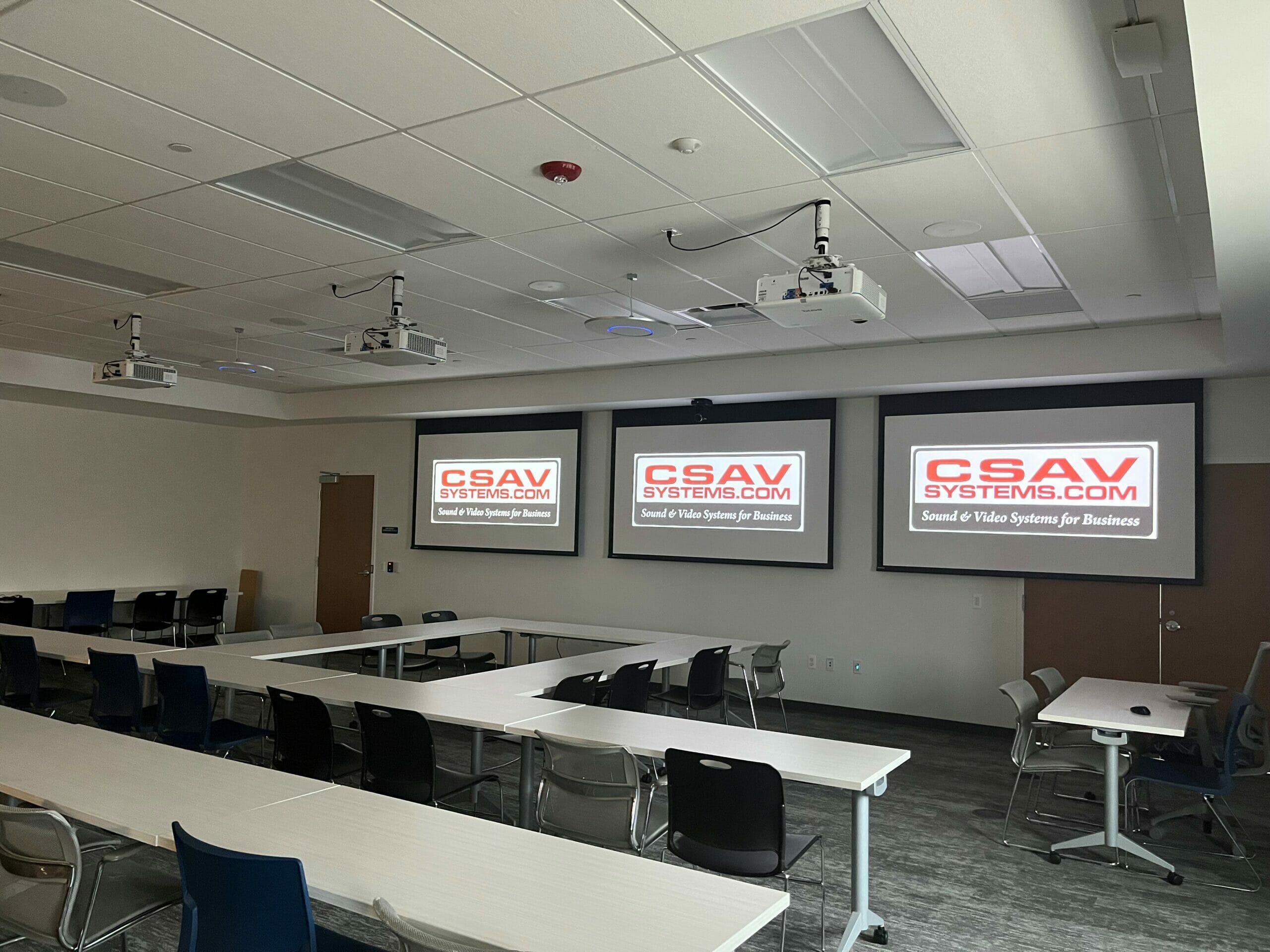Harmonizing Traditional Systems utilizing Cutting-Edge Audio Connectivity Technologies to achieve Enhanced Performance as well as Flexibility.
Harmonizing Traditional Systems utilizing Cutting-Edge Audio Connectivity Technologies to achieve Enhanced Performance as well as Flexibility.
Blog Article
Within today's rapidly evolving world of audio technologies, the requirement to enhance efficiency and adaptability in sound systems is more crucial than ever. Many organizations and venues still depend on legacy technologies, which are antiquated technologies that may not have the capabilities of modern equipment. However, integrating these outdated technologies with cutting-edge sound communication technologies can lead to significant enhancements. Audio networking enables for better communication between equipment, making it easier to manage and operate audio across various areas.
One of the key advantages of combining legacy technologies with modern sound networking is enhanced adaptability. Traditional sound systems often require complex wiring and restricted routing options. With audio communication technologies like Dante or AVB, sound transmissions can be sent over standard Ethernet cables. This implies that operators can easily link multiple devices without the requirement for extensive reconfiguration. Regardless in a performance hall, a school theater, or a corporate event, this adaptability allows for quick modifications and changes to the sound setup without major delays.
Quality is another significant element that improves when outdated technologies are upgraded with up-to-date communication technologies. Outdated technologies may struggle to provide high-quality audio, particularly in larger venues or in challenging events. By adopting sound networking, organizations can leverage of advanced features such as minimal latency, synchronization, and electronic data management. These improvements assist guarantee that sound is clear and uniform, improving the overall experience for audiences and performers together. This transition can make a marked impact in how sound is experienced in various environments.
Moreover, integrating outdated systems with modern solutions can lead to financial savings in the extended term. While modernizing to new equipment may require an upfront cost, the efficiency gained through audio communication can lower maintenance expenses and minimize the need for continuous repairs. Furthermore, connected systems often require less physical room than conventional setups, which can save on real estate expenses in venues. Organizations can distribute funds more effectively, utilizing the money they save to invest in additional critical fields.
Lastly, educating personnel on how to use combined technologies becomes simpler with audio communication. Numerous modern sound communication platforms come with user-friendly interfaces visit their website and remote control features. This means that even those who may lack significant technical expertise can be trained to manage and control the audio systems effectively. Educational programs can be developed focused on these technologies, empowering staff to manage and diagnose systems with assurance. By combining the legacy with the modern, organizations can create a more capable and skilled team, in the end leading to improved sound outcomes for all concerned.